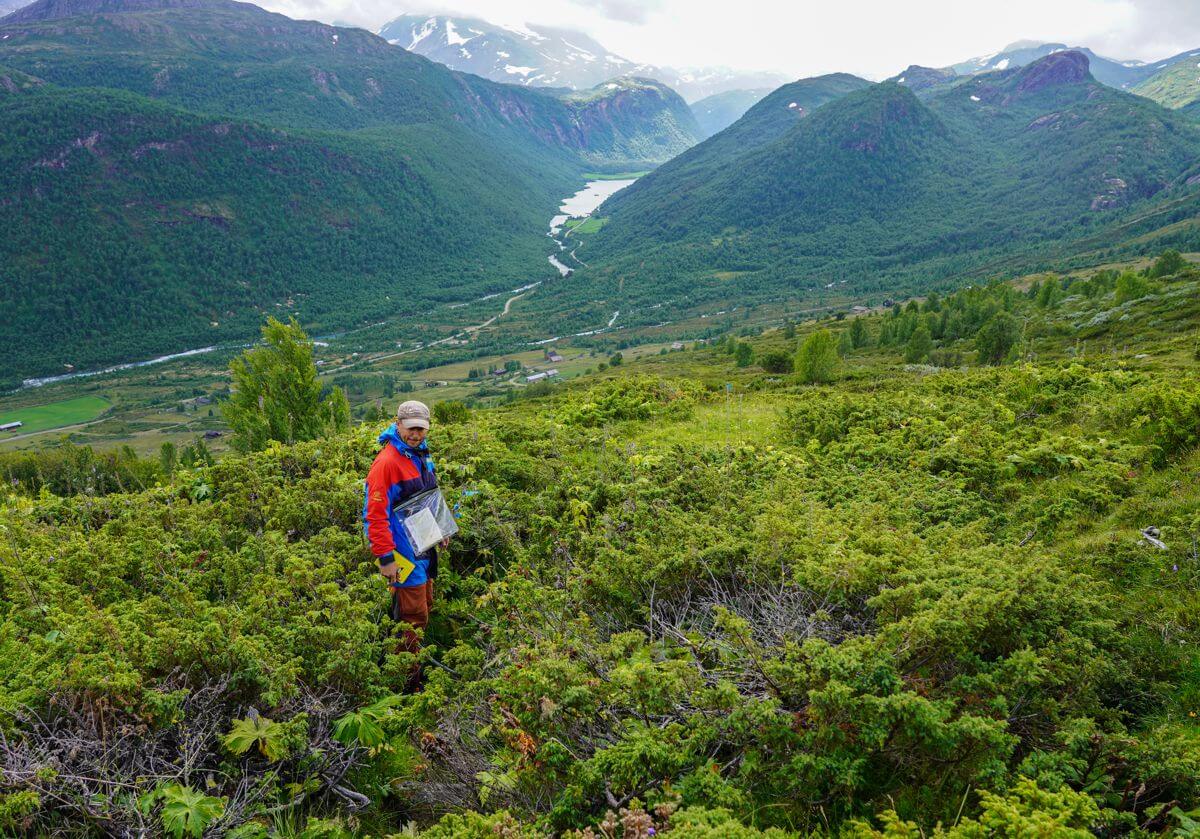Every spring, Vikings who wintered in settlements along the Otta River in south central Norway would gather together their livestock, pack up their sledges, and traverse snow-covered mountain passes through the Jotunheimen mountains to their summer farms at Neto, heading down again in the fall. Along the way, items would inevitably be lost or discarded. They then disappeared under a thousand winters’ worth of ice and snow, presumably never to be seen again.

Image Credit: Espen Finstad, secretsoftheice.com
But over the last decades, the dramatic rise in temperatures has melted the thick ice sheet that once dominated these climes. A team of archeologists exploring the newly barren, rocky ground have been thrilled to find and recover a multitude of artifacts littering the landscape, gently revealed by the receding snow and ice.
Following the trail of broken skis, spindles, the odd mitten, spears, kitchen utensils, and miles of ancient horse dung, the team discovered the hitherto undocumented Lendbreen mountain pass, marked by cairns of stones built at irregular intervals and featuring a stone wayside rest stop. It is speculated that it was not only used by migrating farmers, but by travelers from further afield, trekking all the way from inland towns out to the fjords in the West.
The researchers expected the road to lead to the summer farms at Neto, and were surprised as it clearly headed west to the slope above. A team member hacking through the dense growth of juniper was surprised to find the outline of an extraordinarily old building. Eventually, the team uncovered ruins of 21 houses on the site. Radiocarbon dating of charcoal from their hearths indicated they were occupied over the range of 750 to 1100 A.D., which dated it perfectly to the age of the Vikings.
To find out more about this legendary lost Viking settlement and Lendbreen pass, explore the Secrets of the Ice website at www.secretsoftheice.com.
